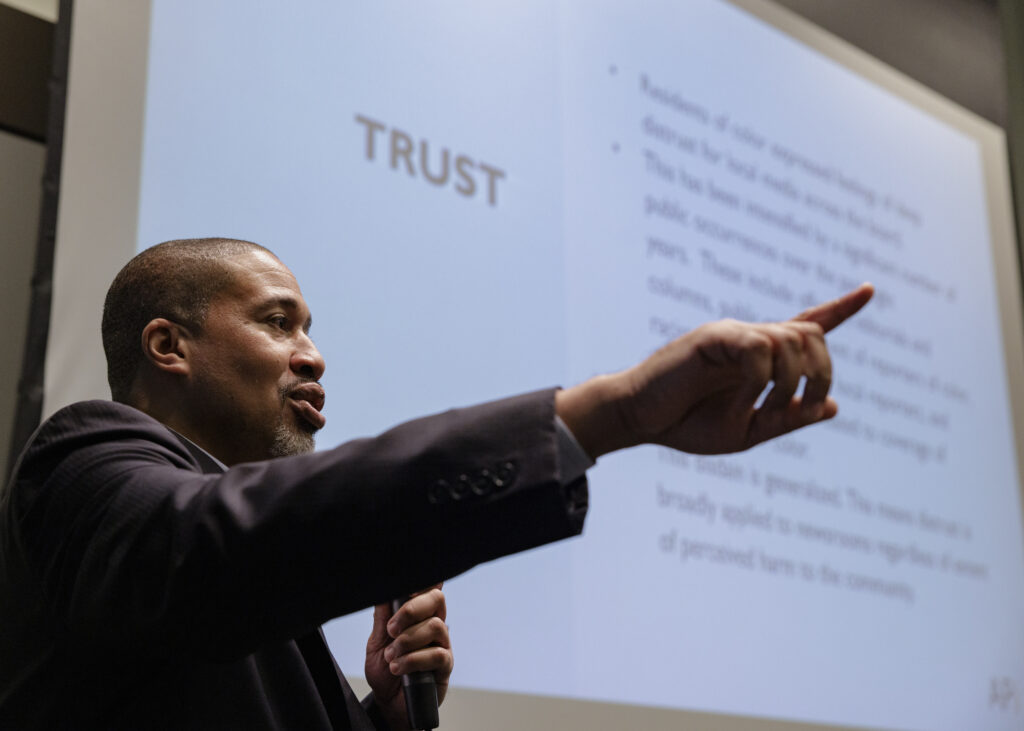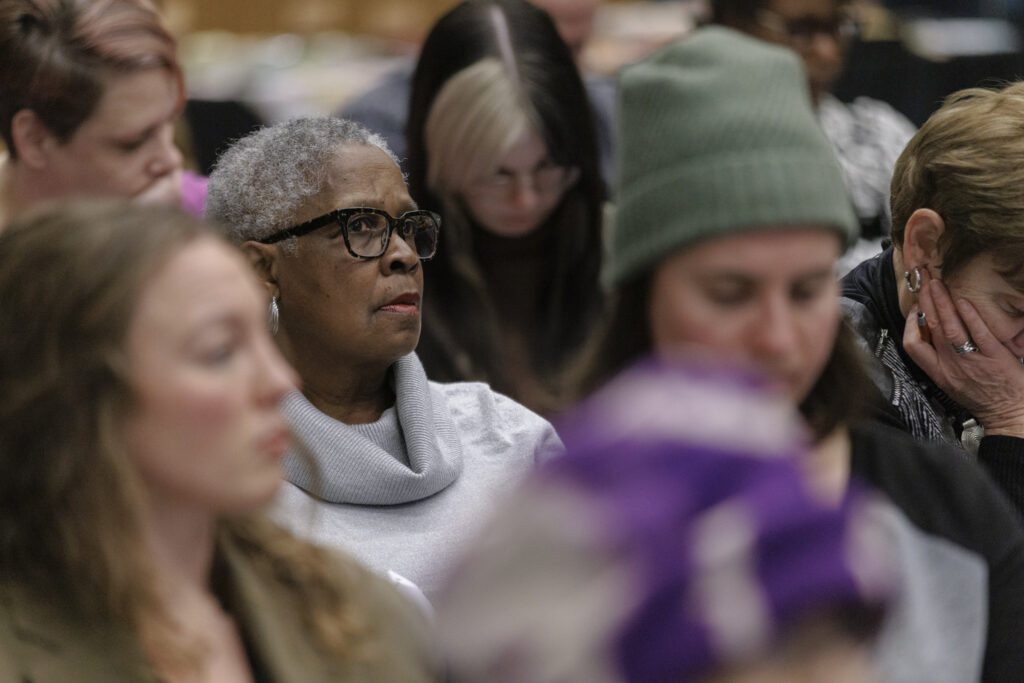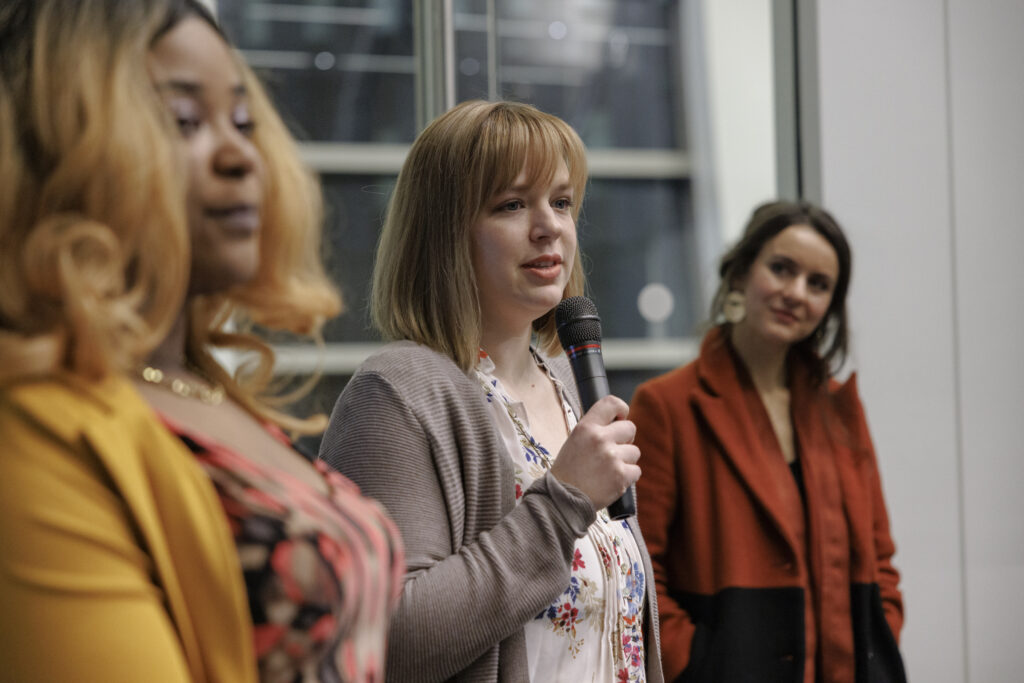Previous research and other articles – DEIB and Pittsburgh news ecosystem
Issues related to DEIB and Pittsburgh news media have been explored going back a decade. In 2011, the Heinz Endowments released a two-part study, Portrayals and Perception, Two Audits of the News Media Reporting on African American Men and Boys. The study’s content analysis, which focused on television news, the Tribune-Review and the Post-Gazette, found that African American men featured in news coverage appeared in crime stories more than 40% of the time, and sports stories 30% of the time. In 2020, Heinz commissioned a second study, this time more prominently emphasizing both African American men and women. This follow-up found that virtually nothing had changed in terms of news representations. About 75% of the stories featuring African Americans were focused on crime/justice or sports.
Newsroom diversity was the focus of a study conducted by the Pittsburgh Black Media Federation in 2016. This effort, which was based on self-reported newsroom surveys, found that participating newsrooms were underrepresented in terms of racial diversity. Newsroom workers of color only represented 9% of all employees, in comparison to 20% of Allegheny County residents and 35% of Pittsburgh residents. Additionally, the survey found that no participating newsroom had reporters of color assigned to cover issues related to education or urban neighborhoods, and only one reporter of color across all newsrooms was assigned to cover crime or government. Additionally, no participating newsrooms had a plan for increasing diversity, nor had they participated in any training related to DEIB.
In 2017, a report from Media Impact Funders focused on the Pittsburgh news ecosystem also touched on issues related to DEIB. The report declared that the Steel City had a “comparatively vibrant media ecosystem” due to its breadth of media. It also suggested that Pittsburgh could eventually become a “bellwether for successful media practices.” Yet even in this largely positive report, the authors noted that issues of diversity were a major challenge for newsrooms. The report offered several recommendations, including tying foundation funding to diversity figures and the creation of pipelines for new diverse talent.
A 2019 study commissioned by Columbia’s Tow Center (also written by the author of this report) focused on internal culture as it pertains to DEIB. This report, which was also published by the Columbia Journalism Review, found that newsroom workers of color were often frustrated with their work conditions. A lack of opportunities for growth and mentorship, dismay over the newsroom’s coverage of communities of color and a lack of connection to fellow newsroom workers and the city as a whole — dubbed “the Pittsburgh problem” in the report — were major factors behind why, in many cases, workers decided to leave Pittsburgh’s newsrooms.
Share with your network
You also might be interested in:
It’s been a busy year for us: we held three API Local News Summits, built out a comprehensive guide to partnering with influencers, encouraged experiments with grants and cohorts, and supported news organizations with our products.
Today, we’re undergoing a bold transformation — reimagining ourselves as a platform that fosters generational solidarity and serves bicultural audiences from Gen Z to Boomers.
As director of inclusion and audience growth, Harris-Taylor will continue API’s efforts to drive organizational and cultural transformation while sharpening its commitment to diversity, equity, inclusion and belonging. She’ll also work to deepen API’s partnerships with community organizations and non-news experts.









